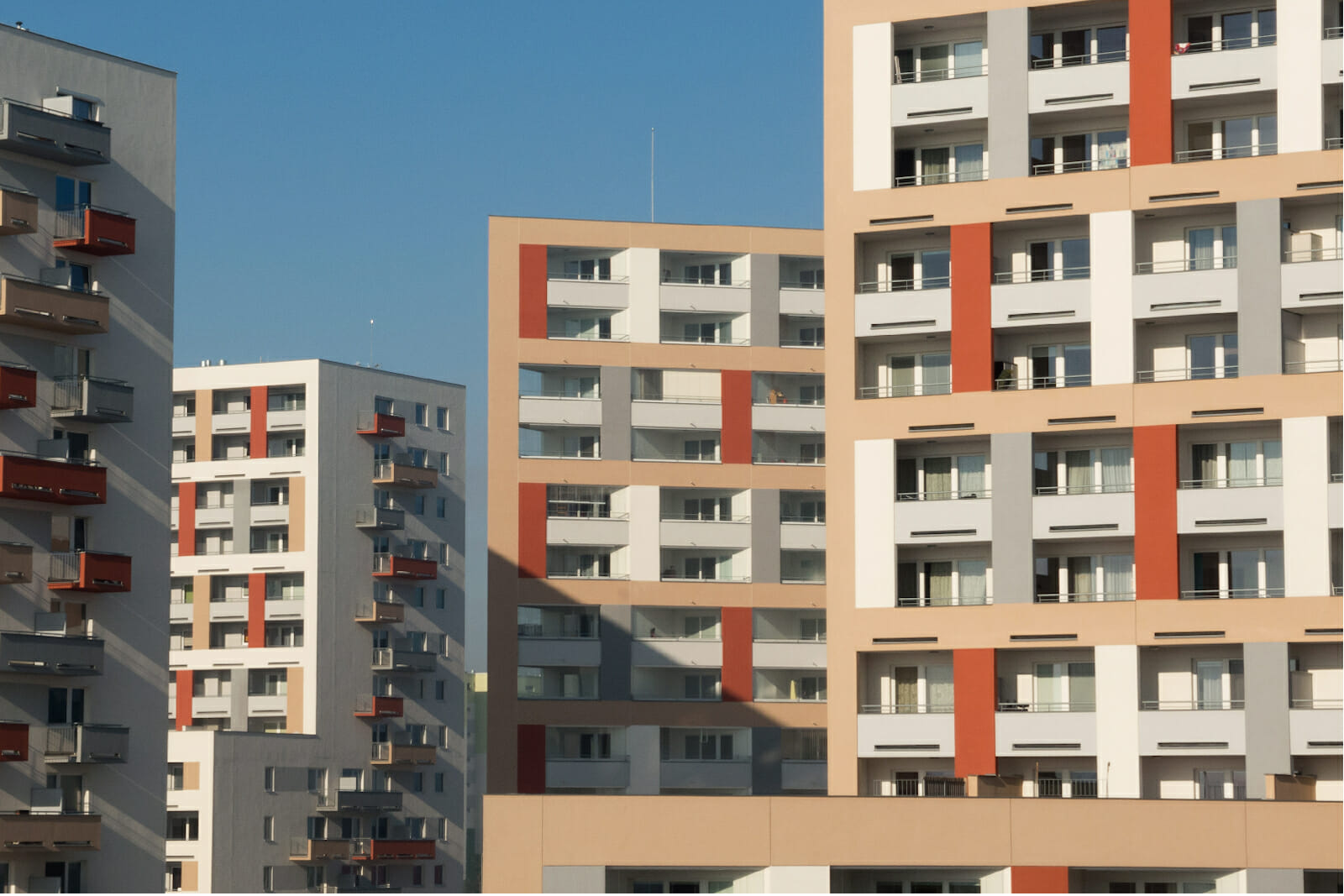
Three Steps to Affordable Housing
Nearly every major American city is experiencing a severe shortage of affordable housing. The rent is too high for service workers, teachers, firefighters and many more in the middle class.
The simple econ 101 answer to this problem is build more housing. If there is not enough supply, the price goes up: so make sure that there is enough supply. But what about “luxury apartments”? Very often, there is a situation like this: a building with four units is destroyed and a building with eight units goes up in its stead, but the units are all “luxury apartments.” The new units cost twice as much as the old ones. If you are walking around the downtown of most American cities, every new apartment building you see is advertised as “luxury living.” How do we build housing that everyone can afford? Here are a few suggestions.
Allow duplexes and triplexes in single family neighborhoods
The cheapest apartment that I ever lived in was in a basement in a college town. We occasionally found spiders, we did not have a lot of natural light and we often heard our upstairs neighbors listening to Mexican Banda music with plenty of tubas. This apartment was not what you could call a luxury apartment, unless you think linoleum is chic, but it was affordable.
This follows a trend: An old house split into two apartments can provide cheap rent. Large apartment buildings that require investors and extended construction time cost a lot of money.
In contrast to large commercial developments, a basement apartment does not need Wall Street investors; a homeowner could take out a small loan to convert their basements or attics into apartments. Investors can buy houses and turn them into duplexes in a matter of months instead of years. This is a great way to build more units without substantially changing the character of a neighborhood. Cities could dramatically increase their housing stock if all homeowners were allowed to rent their basements, attics and lofts.
The argument against duplexes and triplexes in single family neighborhoods is that the new residents will change the character of the neighborhood and destroy property values. Opponents of duplexes fear that absentee landlords will fill their units with large families who convert their yards into tricycle junkyards. They fear that these new residents will not water their grass. There may even be fearful of unwelcome diversity. People fear that zoning changes will turn their neighborhood into a dirty soulless city. But is the choice really between suburban cookie cutter houses or a soulless dystopian city? I think there is a spectrum of options in between.
Cities are more vibrant if they are filled with families, young professionals, older couples, retired folks and a huge diversity of races and incomes. We need to make sure that there are neighborhoods in our cities where families want to live. Cities with good schools, walkable neighborhoods, parks and playgrounds, many housing options and affordable childcare are much more attractive to families.
If opponents of dense housing are concerned about noise or broken down pickup trucks in front yards, they should pass noise ordinances or other relevant ordinances that address the actual problem. Banning duplexes to keep yards neat makes as much sense as banning used cars to encourage car washing.
Most American cities have large sections that are zoned exclusively for single family homes, and adding some duplexes and triplexes is an easy way to increase the stock of affordable housing, but zoning laws prevent this simple change.
Unlike building massive apartment complexes, these simple zoning changes could quickly create affordable units.
Zone all strip malls as mixed use shopping centers
Strip malls were great to build in middle of the last century, but the wisdom of such projects might be more questionable today. As you walk around many American cities, there are vast expanses of asphalt surrounding stores that sell things found for less money on the internet. All of this is often located in areas where real estate is expensive and housing is in short supply. Not to mention such developments are not pedestrian friendly and are often not the most aesthetically pleasing buildings.
There have been innovative projects across the country, some chronicled in the book, Retrofitting Suburbia, where old strip malls have been turned into new developments with a mix of housing, retail and office space. The idea is that when land has multiple uses, it creates a more livable community. If you can live, shop and work in the same general area, there is less need for cars. A resident and an employee could share parking space because they are around at different times of day. Having people out and about at all hours of the day can deter crime.
Such developments can be expensive, but the investment might be worthwhile: investors would no longer depend on one industry to stay afloat. Cities should encourage or at least allow these types of changes so that wasted parking space can easily be turned into part of a sustainable community.
Moving into an old strip mall might not sound like everyone’s idea of a dream house, but some of these developments are quite nice. Also, creating housing where rich people do not want to live has the side effect of being less expensive.
Increase funding for housing vouchers
There is no way to solve the affordable housing crisis without creating more housing. You could pay the rent for everyone in San Francisco, but that will not change the fact that there are not enough houses in the city for everyone who wants to live there. On the other hand, building more housing will not be able to provide housing that the poorest can afford. To do this we need vouchers.
In the U.S., we currently have a (massively underfunded) federal program that helps the poor pay for their rent. This has the potential to allow poor people to live in nice neighborhoods, gaining access to better schools, parks and infrastructure. Neighborhoods integrated by income and race have the potential to decrease crime and other problems that come from concentrated poverty. Vouchers have the potential to save families from evictions and homelessness. Unfortunately, this promising program has massive waiting lists. Most families who want to get housing vouchers might have to wait months or years to gain access. The book, Evicted, by Matthew Desmond chronicles the struggles that Americans go through while trying to afford an apartment. One of the remedies that he suggests is increasing funding for housing vouchers until everyone who needs one has one.
We live in a very prosperous country, but the cost of housing leaves many of us struggling to get by and keeps many from having a roof over their heads. Homelessness and high rents are problems that we can solve. We don’t need rent control or any new technologies to accomplish these goals. We just need to implement reasonable, fair zoning laws. Cities should make these changes on their own, but if there is too much local resistance, state and federal governments could incentivize them to change.

